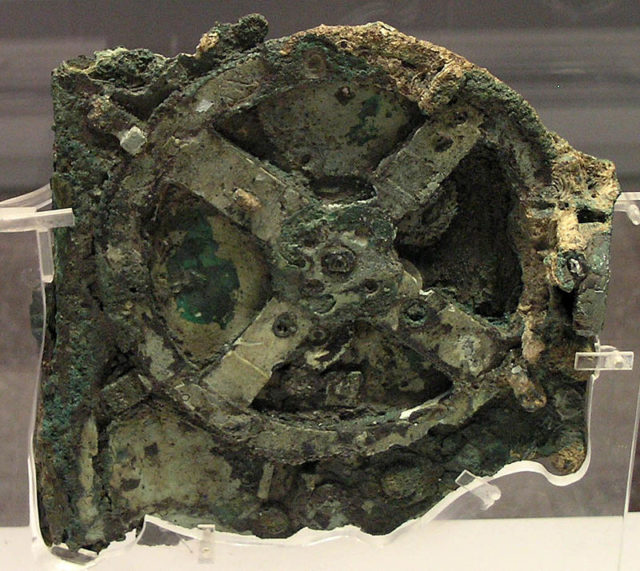The Antikythera Shipwreck has already yielded some of the finest ancient European artifacts ever found, but now, scientists are hoping to discover a different kind of treasure.
A new project sets out to sequence the bones of a 1st century BC sailor who worked on, and went down with, the ship.
The sailor, who scientists have named “Pamphilos”, died around 2000 years ago. It is believed that he was about 20 years old when disaster struck and he was plunged to the bottom of the Mediterranean.

The bones were colored a dark reddish brown when they were found; this discoloration was brought on by age, or possibly from contamination by the nearby iron from the wreck. Several of the bones had the consistency of wet chalk, and would fall apart if handled or moved, but others, mainly the leg bones, endured intact.
Comparable attempts were made with bones found in the wreck of The Mary Rose, but the Antikythera wreck is about 1500 years older and will prove to be much more of a challenge.
If the scientists succeed, their findings will provide valuable information on humans from this era. They may even be able to gain an accurate idea of what the man looked like.

Since the wreck was found in 1900, salvage operations have brought up impressive marble and bronze statues, gold jewelry, pottery, and ornate glass.
The famous Antikythera Mechanism, an ancient, one of a kind mechanical computer used to measure the movements of the heavenly bodies, is perhaps the most well-known artifact recovered from the ship.
